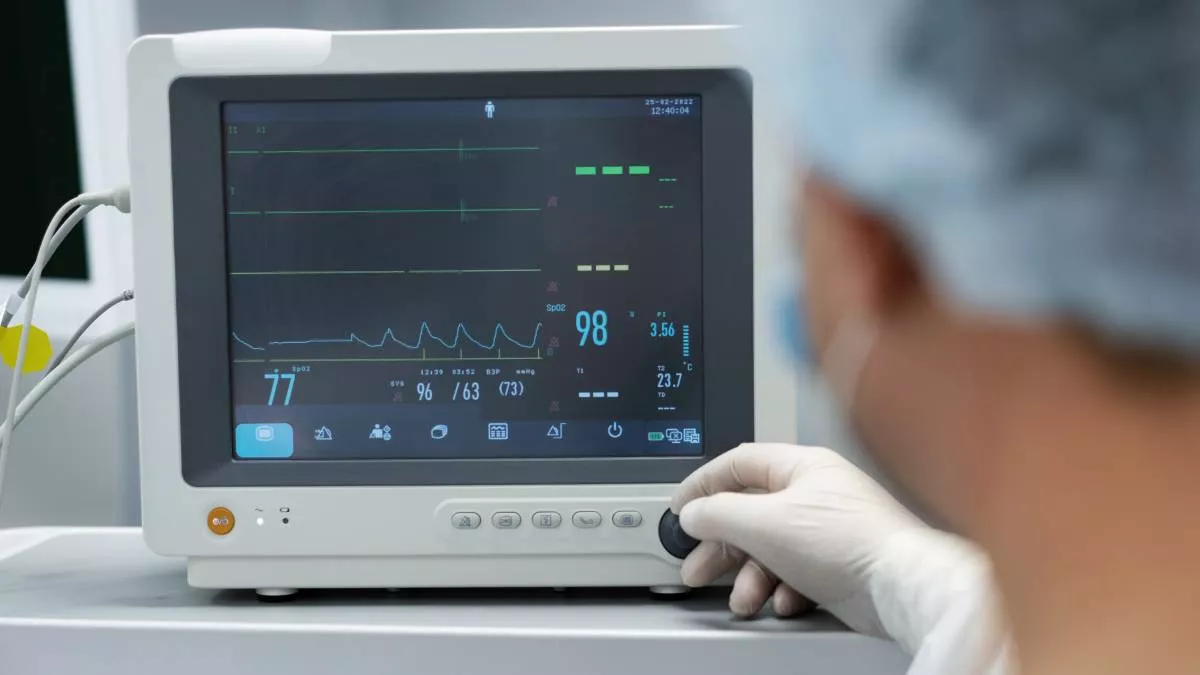66 year old moderately obese male, with chronic H/O smoking (10 pack years) came with history of loose stools & fever since 7 days. He had underwent CABG 3 months back & was on DAPT + statins.
On examination he was conscious oriented and hypotensive with BP of 80/50mmHg (required minimal inotropic support).
Bed side 2DECHO was suggestive of septal hypokinesia , LVEF - 45% & IVC - 50% Collapsible.
Lab workup showed deranged LFT & thrombocytopenia & hence antiplatelet were stopped.
Tropical fever panel (PCR) was reported negative.
Patient’s GCS and hemodynamic status worsened progressively on 2nd day, with deterioration of SOFA from 10 to 18. He required intubation-ventilation which was followed by failing urine output & worsening RFTs. He also required high inotropic support.
Hence i/v/o hemodynamic + kidney support patient was started on CRRT along with hemodynamic monitoring. Continuous Veno-Venous Hemodiafiltration(CVVHDF) method was used since it has broader solute clearance(including the cytokines), faster correction of uremia ,better control of fluid balance & has improved hemodynamic stability. In view of coagulopathy, Heparin was contraindicated and hence regional anticoagulation was used with citrate anticoagulant which also helps in prolonging the lifespan of the CRRT filter. All the parameters including Central Venous Pressure (CVP)Stroke Volume(SV), Stroke Volume Variation(SVV), Systemic Vascular Resistance(SVR), Cardiac Output(CO), Cardiac Index(CI), were monitored as shown in the figure. SVV was used as a dynamic indicator of fluid responsiveness whereas SVR helped in titrating the vasopressors. ARDS strategy was used for ventilation according to the ARDS net protocol.
On day 6 of CRRT patient had sudden worsening of hemodynamics. Workup was repeated i/v/o suspected worsening sepsis versus acute coronary event. He had new ECG changes, worsening EF of 35%, with raised Trop I & Pro BNP. Hence he was started on Ticagrelor and Trimetazidine.
Later patient was tracheostomised i/v/o long term ventilatory support.
Patient improved clinically & hemodynamically- CRRT was stopped after 10 days (required 2 CRRT filters).
Later he required SCUF (Slow Continuous Ultrafiltration) i/v/o fluid overload which was done twice.
Serial USG abdomen was done to rule out abdominal pathology and USG on day 20 revealed liver abscess which required Pigtail insertion (drained around 350cc yellowish fluid-culture did not show any growth). USG also showed GB stone- he underwent ERCP.
Talking about the antibiotic policy, patient was initially started on Inj Ceftriaxone+Inj Falcigo +inj Doxycyline according to the Tropical fever protocols. On day 2 antibiotics were escalated to Inj Meropenem & Inj Levofloxacin i/v/o persistent fever & high PCT of 80. On 15th day of admission his CXR showed worsening shadows, hence Bronchoscopy was done through ETT & antibiotics escalated according to the BAL culture report (Klebsiella pnuemoniae- MDRO; NDM/OXA resistance detected) sensitive to Ceftazidime+ Avibactum+ Aztreonem. He had recurrence of fever after completing the 14 days of previous antibiotic policy- repeat cultures sent, central line/HD cannula removed, urinary catheter changed & antibiotics changed to inj Piperacillin tazobactam+ Flucan according to the sensitivity reports.
Patient received intensive chest+ limb physiotherapy & was weaned off from ventilator.Tracheostomy tube was decannulated & he was shifted out of ICU.
Progressively mobilization was done & he was able to walk with minimal support.
Patient improved clinically and symptomatically & was discharged after 40 days of admission.






